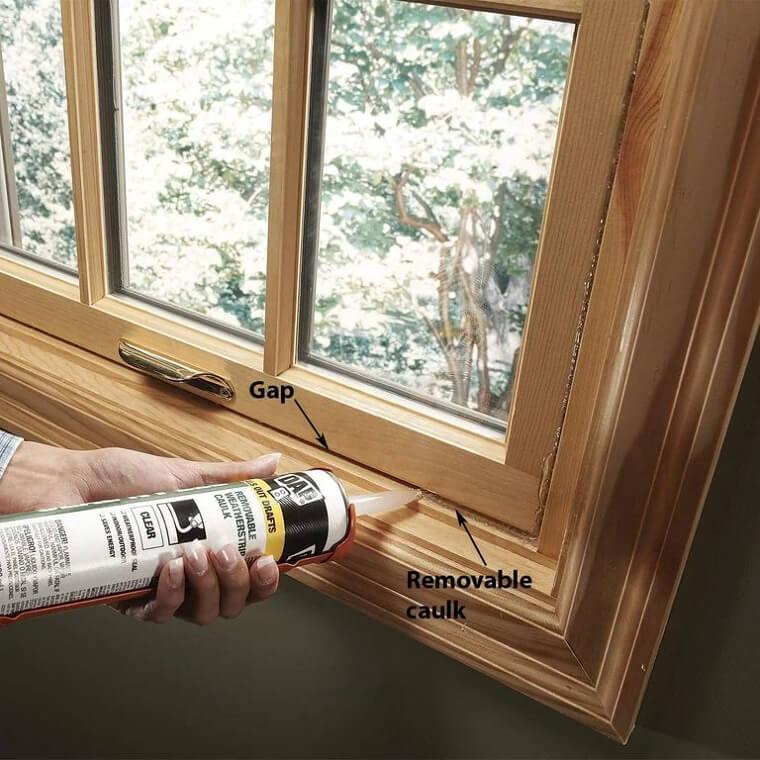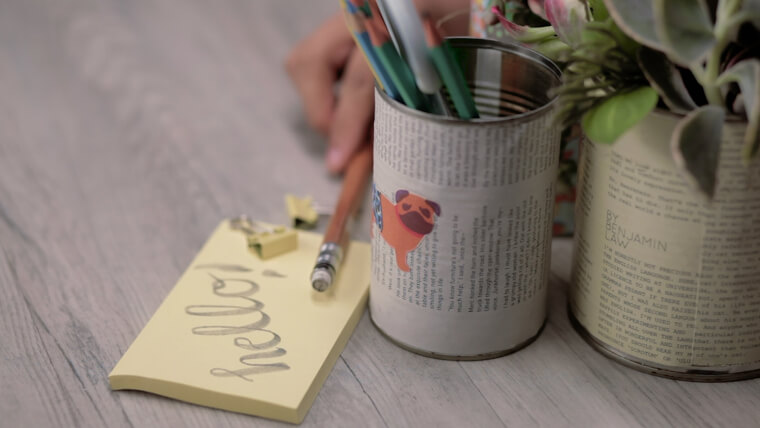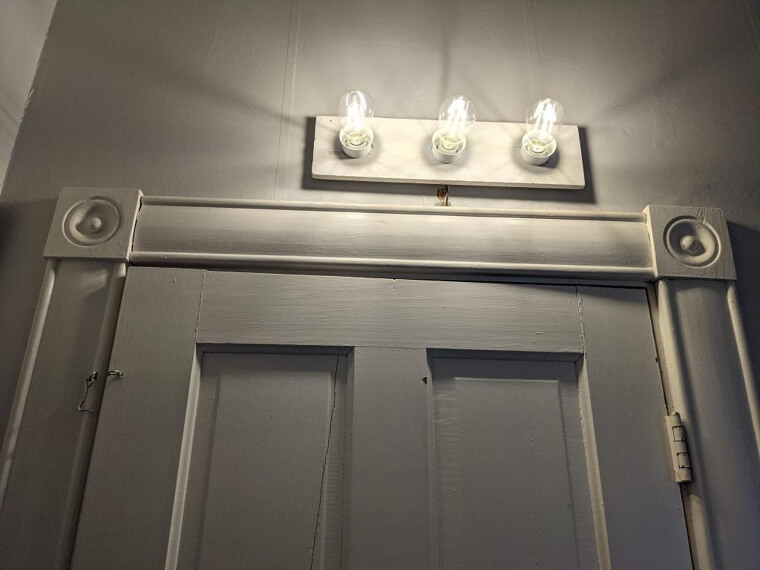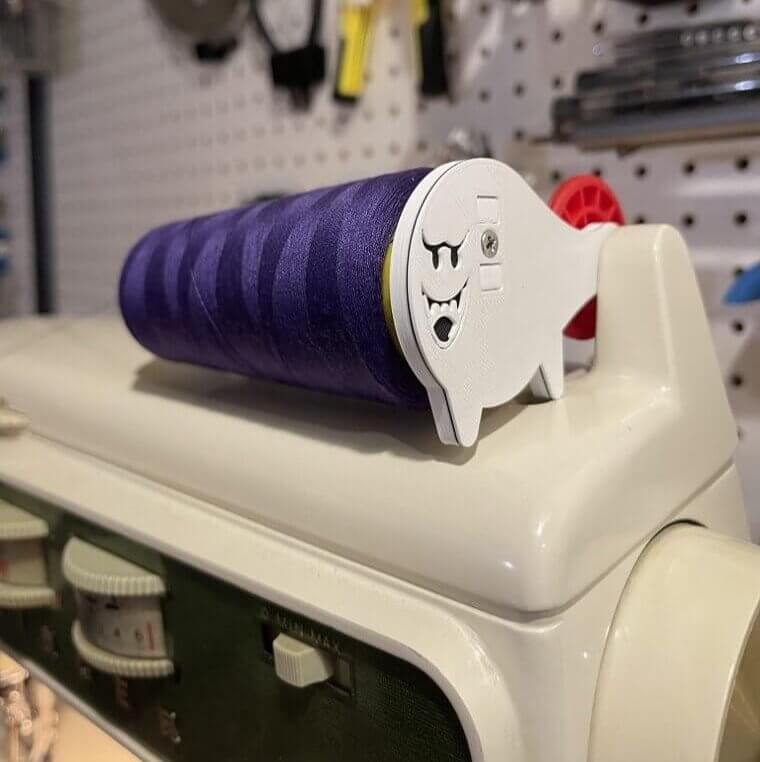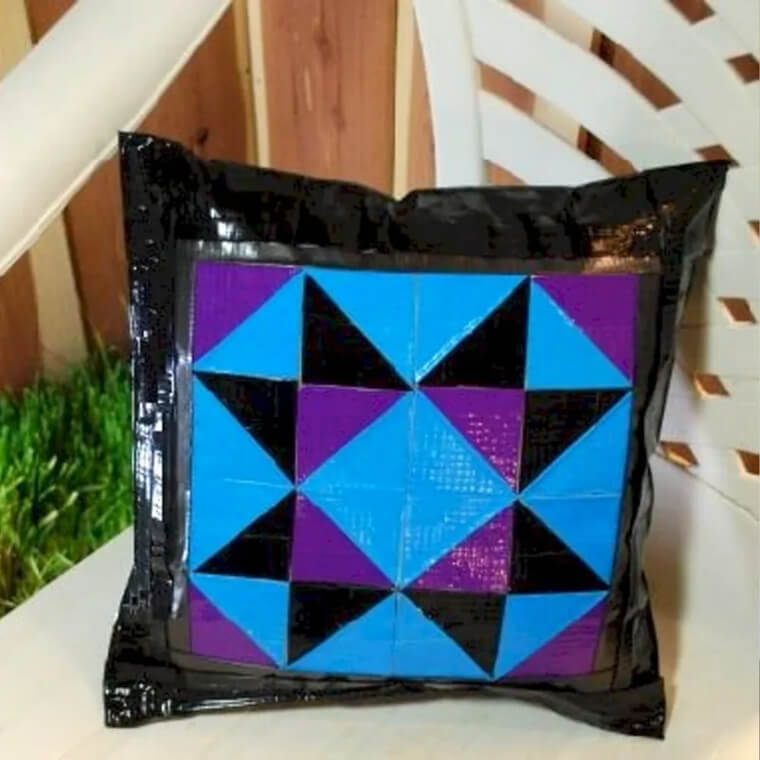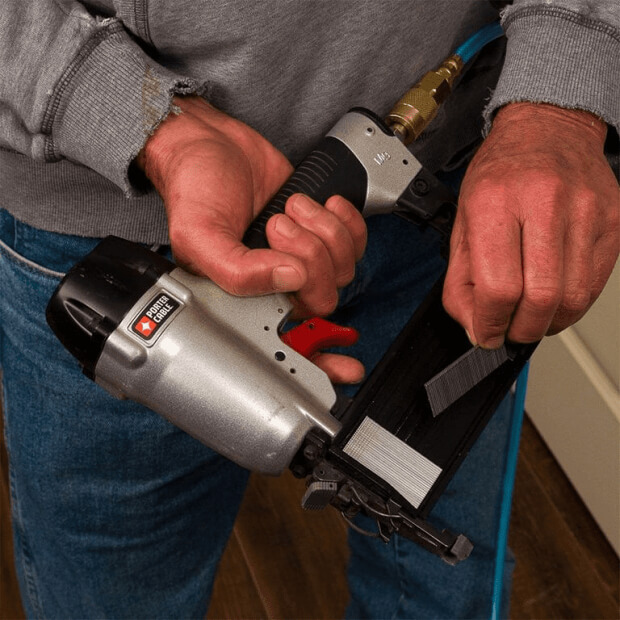Make Sure To Close Your Fireplace
Fireplaces might seem like energy savers, and they can be. But you should remember to close your fireplace when you're not using it. If it stays open all of the time, then you just have one giant air vent in the middle of your home, letting all of your warm air seep out. Most fireplaces have gates, but if yours doesn't, then it might be time to invest in one.
You want to make sure that the gate closes pretty securely, as well, so that you can cut down on as much air escaping as possible when you're not using your fireplace.
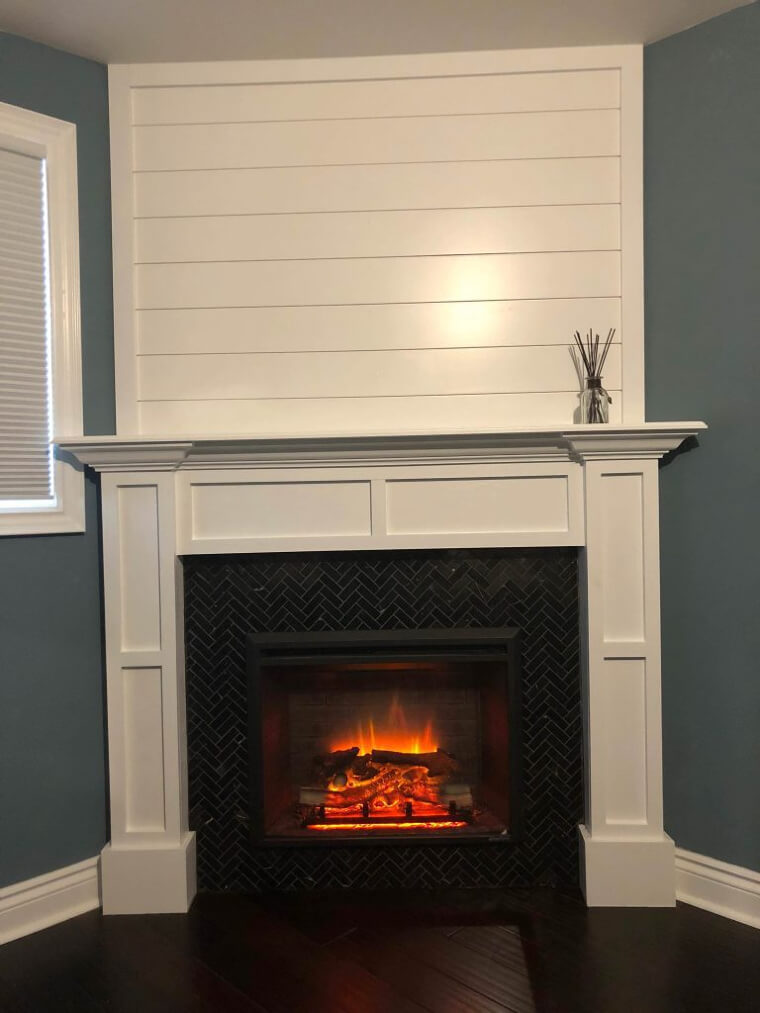
Look Into Smart Meters
Energy technology really has come a long way. You can now purchase smart meters for your home that help track your energy usage and, in turn, help you control it. But that's not all they do. They also keep tabs on the entire energy grid and will automatically turn off your largest appliances if they detect that the grid is about to fail. That means that they can actually reduce blackouts.
Depending on where you live, your energy provider might also pay you to have one installed or offer you rebates. So, there really isn't a reason not to look into getting a smart meter.
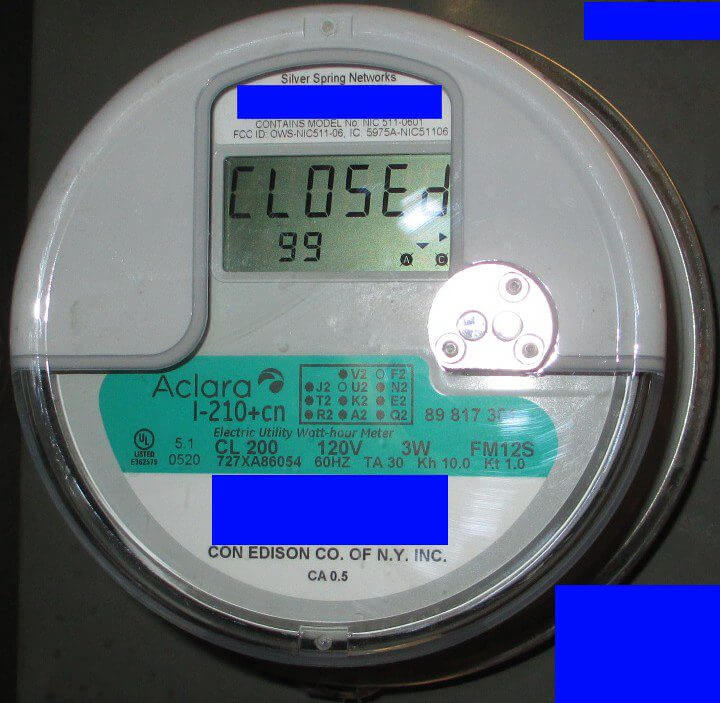
Smart Switches Can (Usually) Save You Some Money
This one might be worth it for some people but not for others. If you're like us and often forget to turn out the lights, it might be time to invest in some smart switches and lights. With these, you can turn off any light in your house remotely or use motion sensors that only turn on when someone is around. However, there might be a downside for some.
Sometimes motion sensors can be a bit finicky and turn on at the slightest movement. They'll usually turn back off, but sometimes there's really no need for them to switch on in the first place.
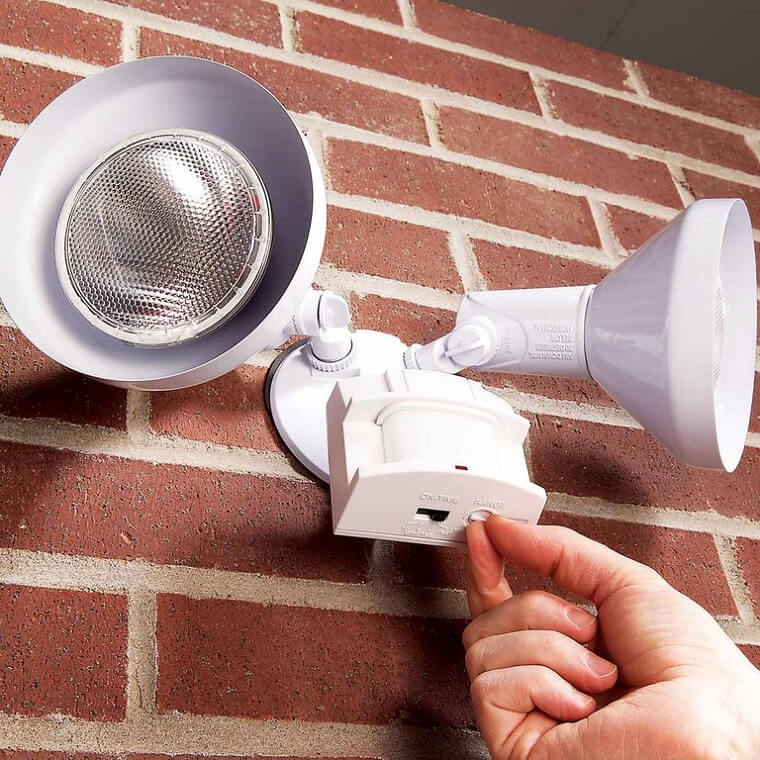
Clean Lint From Dryer Ducts
If you're not already cleaning the lint from your dryer ducts, then now might be the time to start. Doing so can help prevent a fire from breaking out in your home since lint is highly flammable. But it'll also help your dryer run more efficiently and, in turn, cut down on your energy costs. You can find the duct to most dryers outside your home, directly behind where your dryer sits inside.
From there, it only takes a second or two to clean out all of the lint. You might also want to consider sealing around the duct if there is any open space there.
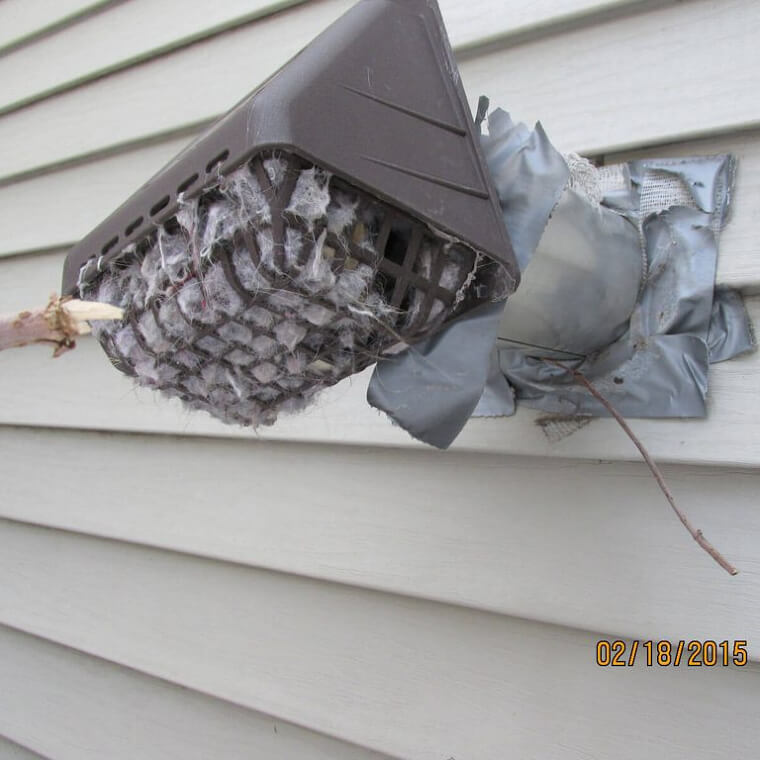
Maintain Your A/C Unit
The largest energy consumers in most people's homes are their heating and cooling systems. And if one of these isn't running at peak efficiency, then it can cause your energy bill to be a lot more expensive than it'd normally be. In general, you want to service your A/C unit about once a year to make sure that it stays running smoothly. You can do this yourself, or you can get someone to come and look at it, neither should be too expensive.
A/C units are generally pretty simple to service, and unless there is something major wrong with your unit, there are usually only a couple of steps required to make sure it's running well.
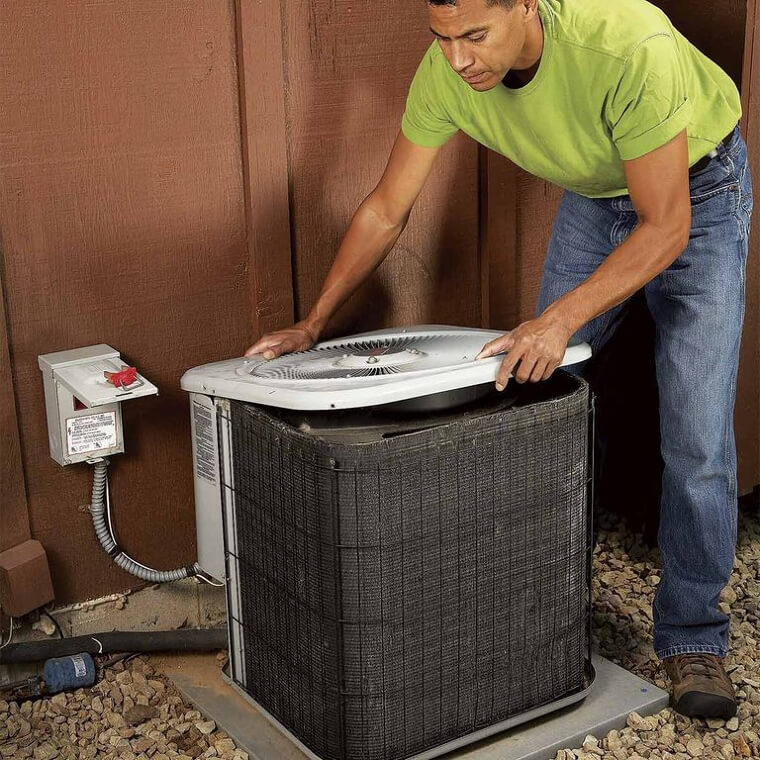
Dry Your Clothes On Lines
As a rule of thumb, heating usually costs more than cooling, and that goes for clothes, too. Running them through your dryer can also run up your energy bill. So, why not just hang them on a clothesline instead? It's pretty much free, and it's only a little bit more work than using a dryer after you get the line set up. Plus, it'll make your clothes smell like the outdoors.
We're not saying that you have to get rid of your dryer completely, but even only hanging every other load could make a dent in your monthly energy bills.
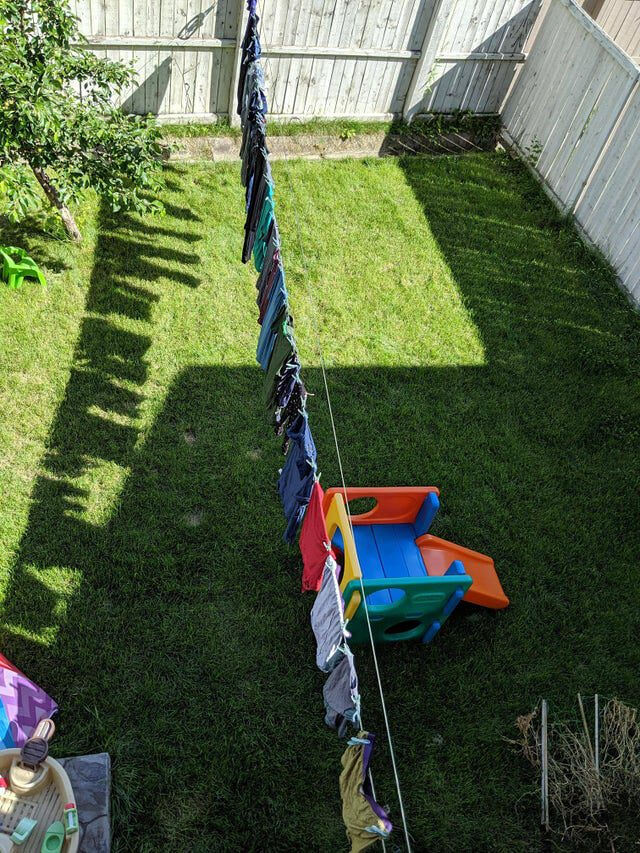
Inspect And Seal Windows
Windows are notoriously terrible for keeping in warm or cool air. And while manufacturers have gotten better at building more energy-friendly windows over the years, it's still worth inspecting the windows inside your home to see if they're a drain on your heating and cooling. To do so, just feel around your window sill to see if you can detect any cold air coming through. If you can, then it might be time to break out the caulk gun.
Luckily, it's pretty simple to seal around your window, and all you usually need is a caulk gun and some caulk or another type of sealant. After you're done, feel around again to make sure it's completely sealed.
